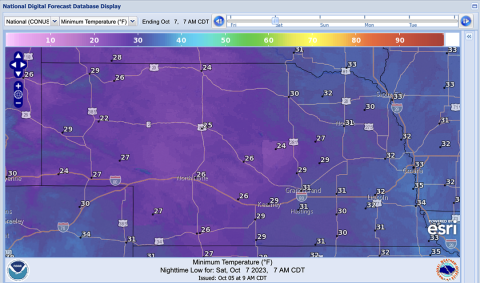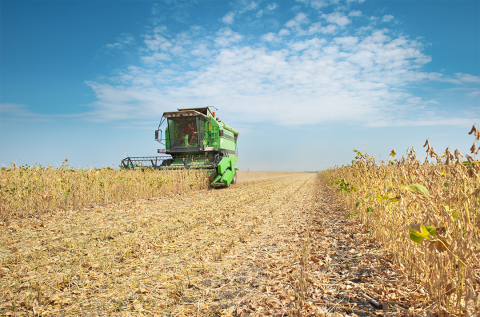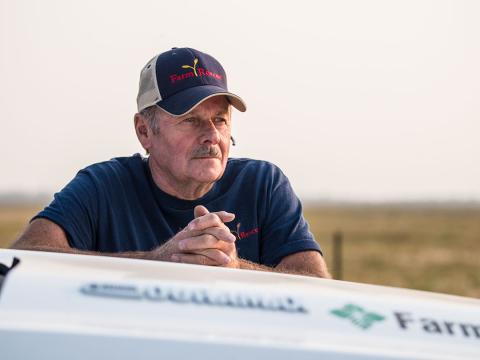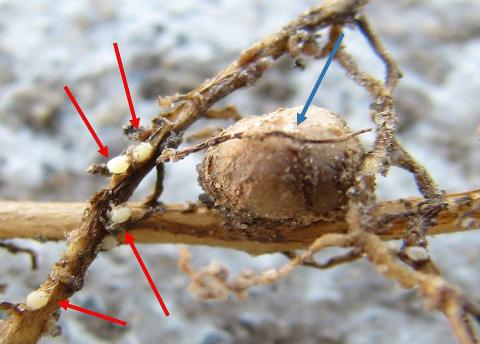Frosted Sorghum and Prussic Acid
October 6, 2023
A review on how to safely graze forage sorghum species after freezing temperatures.
Weekly Weather Update and Outlook: Oct. 5, 2023
October 6, 2023
Nebraska's first freeze for the season is expected tonight, followed by mild weather until mid-week, when another chance of precipitation is anticipated to arrive.
How to Estimate Harvest Losses in Soybean and Corn Fields
October 5, 2023
Knowing where grain losses occur is key to keeping them as low as possible — in this article, extension educators review how to calculate pre-harvest and at-harvest grain losses to determine the source.
The Soil Health Exchange: Natural Solutions to Soil Compaction — Beyond Mechanical Means and Cover Crops
October 5, 2023
Soil health experts share techniques for reducing soil compaction without the use of long-term cover crops.
Farm Rescue: Helping Farm and Ranch Families in Crisis
October 3, 2023
For farmers and ranchers who have experienced a major illness, injury or natural disaster, Farm Rescue volunteers are available to help during this harvest season.
Pasture and Forage Minute: Hunting Rights with Land Leases, Fall Thistle Control
October 3, 2023
A look at landlord and tenant hunting rights in land leases, and tips on managing pasture thistles this fall.
It’s the Season for Controlling Soybean Cyst Nematode
October 3, 2023
Soybean cyst nematode can cause up to 30% yield loss with no significant aboveground symptoms, making soil sampling at the end of soybean season a critical part of managing this crop pest.
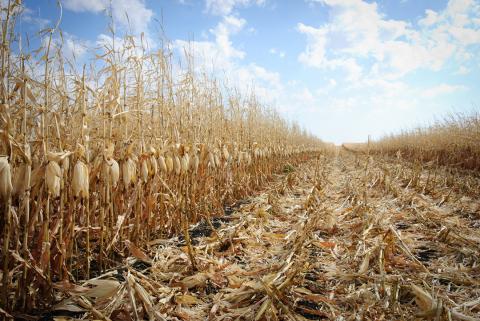
Crop Progress: Corn Harvest at 22%, Soybean Harvest at 29%
October 2, 2023
As of Oct. 1, harvest for all Nebraska crops continued at or above average pace.



